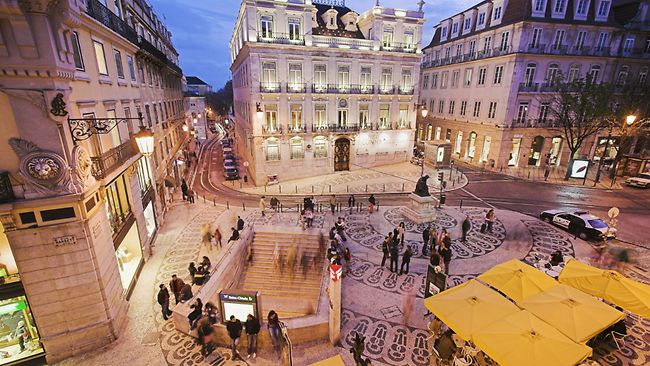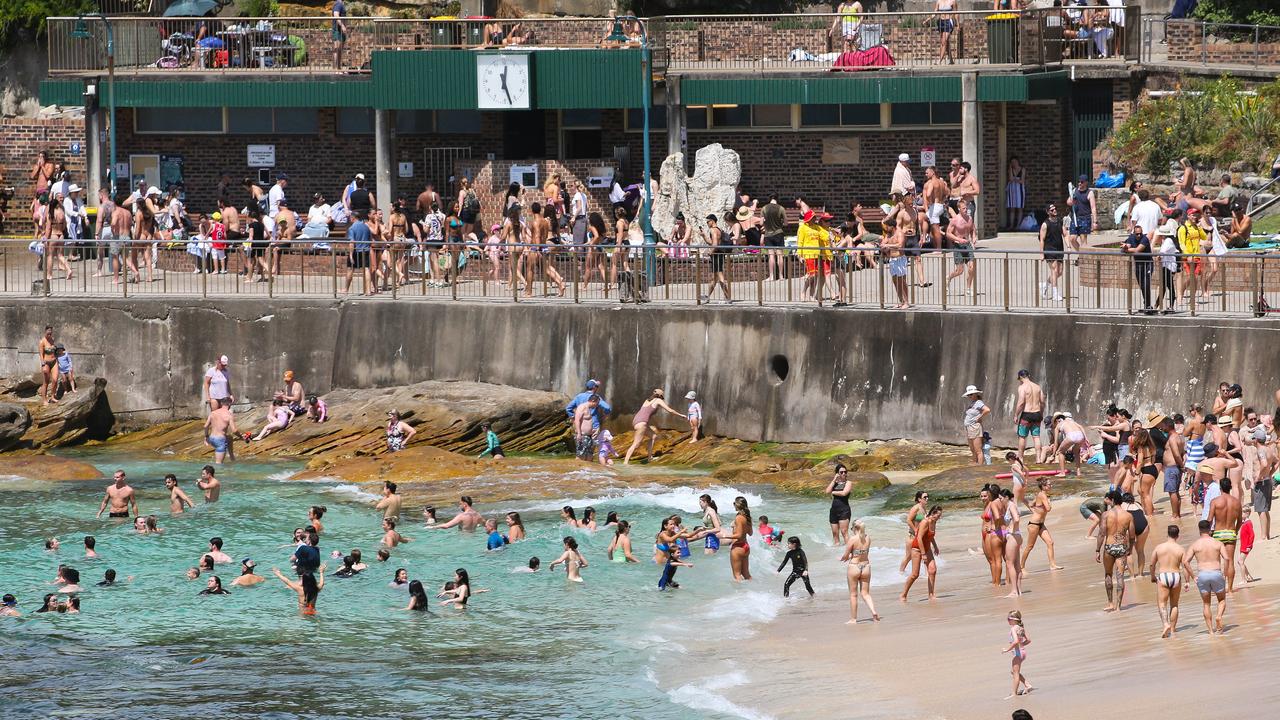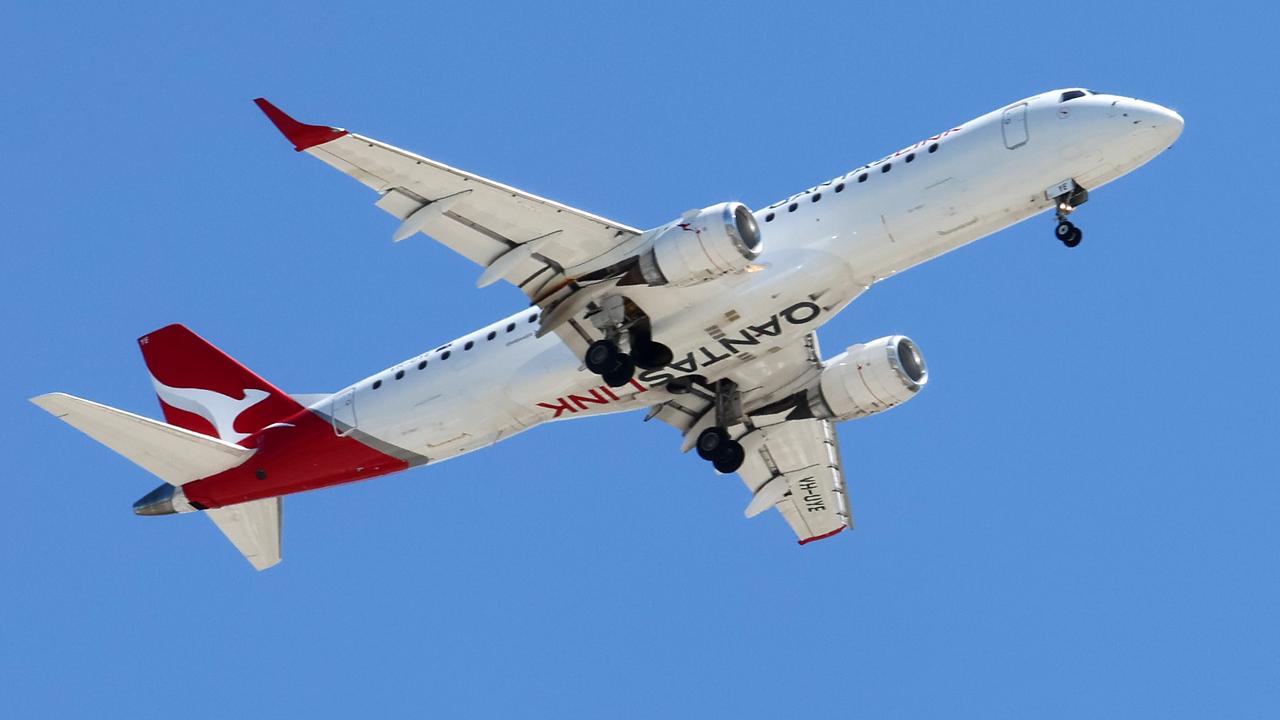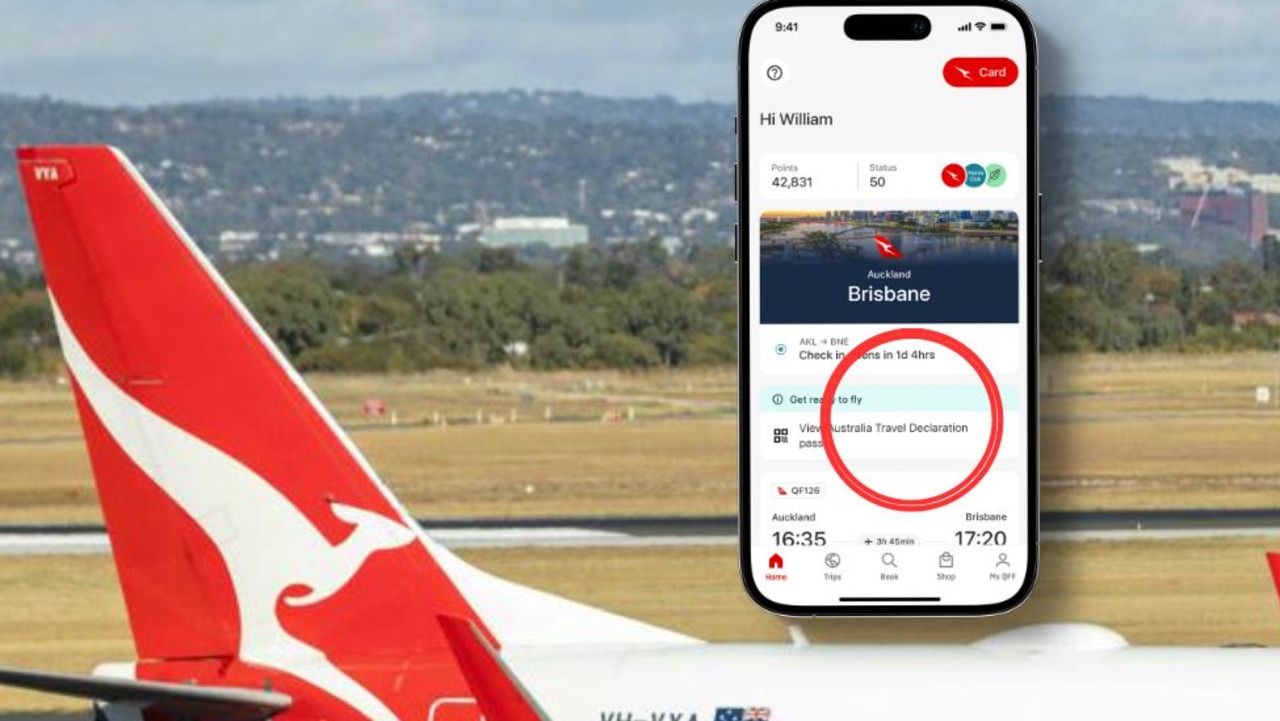Discover Lisbon the local way
HANG on to your seats and experience the steep streets of Lisbon the way the locals do - onboard an ancient tram.

LET'S be clear. Lisbon is a city of hangers-on.
I'm not alluding to the parlous financial state in which Portugal (of which Lisbon is the proud capital) finds itself following the effects of the global financial crisis.
No, I'm referring to the freeloading lout whom I'm eyeballing on the other side of a rattling windowpane. He's hanging, rather perilously, off the back end of my tram as it trundles up and down the city's vertiginous streets.
In Lisbon, fare evasion is taken, literally and routinely, to new heights. Those taking a free ride position themselves strategically just next to the rear door of the tram apparently just out of sight of the driver (sans conductor) and leap off as it comes to a shuddering, screeching halt, disappearing into crowds or down a side street.
I've never encountered a city with such a thrilling, and slightly eccentric, array of transport options (and for that matter so many tram-surfers) devised to negotiate the city's tricky topography. Apart from the network of trams (or "electricos", as the Portuguese call them), there are funiculars that shuttle up and down precipitous slopes, a 19th-century elevator designed by a pupil of Gustave Eiffel and ferries to cross the broad Tagus River.
The trams, and the elevators, are a godsend for black-clad avo (grandmas) toting heavy shopping bags. Trams rattle past the city's rich stock of centuries-old buildings, many of which feature elaborate, hand-painted and blue and white azulejo (tiled) facades, a Portuguese architectural tradition.
Lisbon's trams make even San Francisco's cable cars seem meek. The most famous Lisbon electric is Tram 28, which follows a 45-minute route. It's popular with tourists, but services the needs (and saves the knees) of Lisboans.
I'd come to Lisbon with few expectations, but there is much to enthral in this ancient city with the magnificent riverside setting: superb climate, distinctive architecture, world-famous custard tarts and, yes, the trams.
Ever since I saw the final scene of the classic Australian film Malcolm, in which the eponymous tram-loving Melbourne-based lead character, played by Colin Friels, on the run from the law, ends up in Lisbon, another great tram city where he can safely pursue his passion, I've wanted to visit the Portuguese capital.
It's probably not surprising that Lisbon should be a city of myriad transport options since, in the Age of Discovery, tiny Portugal was at the forefront of mapping the New World. Lisbon was once one of the world's most important maritime centres, home to the heroic navigator Vasco da Gama, who in the 15th century established a trade route between Portugal and India.
His tomb can be visited inside the splendid Church of the Monastery of Jeronimos in Belem, home to shops selling pastel de belem (those delicious Portuguese egg tarts).
Here in this pleasant district you also find the must-see Museu Nacional dos Coches (National Coach Museum), full of beautifully restored coaches displayed in a former 18th-century riding academy.
As well as its mostly vintage trams, the city has a trio of quaint, historic funiculars Ascensor do Lavra, Ascensor da Bica and Ascensor da Gloria all still enthusiastically patronised by Lisboans. Each of them dates to the early 20th century. So important are they to Lisbon's history that they've been placed on the national heritage register. It pays to trust the trams and funiculars to take you where you want to go. On my first morning I become lost after following a typically Lisboan corkscrew of street that took me up a hillside and deposited me at a major hospital. Pity there wasn't a funicular or an elevator to take me back down.
Of course, there's a lot more to Lisbon than its transports of delight, which invariably lead to lively neighbourhoods full of restaurants, cafes, shops and museums. The city is justifiably famous for its seafood with bacalhau (salted cod), a dish to which the Portuguese are devoted.
One of the city's loveliest excursions is the ferry across the Tagus to the suburb of Cacilhas, where you can sample Lisbon's superb seafood at waterfront restaurants. Sit back, tuck in and admire the views of the city and its seven hills that were completely rebuilt after the devastating earthquake of 1755.
One afternoon, back across the river after half a day wandering the Chiado and Bairro Alto, full of cafes, smart boutiques, art galleries and brightly painted theatres, I visit the 45m-high Elevador de Santa Justa, the filigreed wrought-iron elevator that resembles an oversized candlestick holder. There's a charge to take the lift the short distance to ground level (and vice versa), where you're delivered conveniently to the heart of the city's central shopping district.
But stay a while on top of the elevator to enjoy the breathtaking vistas of Lisbon's red-tiled rooftops and beyond to the impressive fortifications of Castelo de Sao Jorge.
Pause for a moment and listen carefully above the din of the traffic, as you may be able to discern the reassuring tinkle of the bell of a tram (perhaps No. 28), likely carrying yet another of Lisbon's legion of hangers-on.
The author was a guest of Travel the World and Tauck, who offer 14 day fully escorted tours. Travel Tips: Portugal destination guide
Travel Tips: Portugal destination guide Wego: Book your flights on news.com.au
Wego: Book your flights on news.com.au



